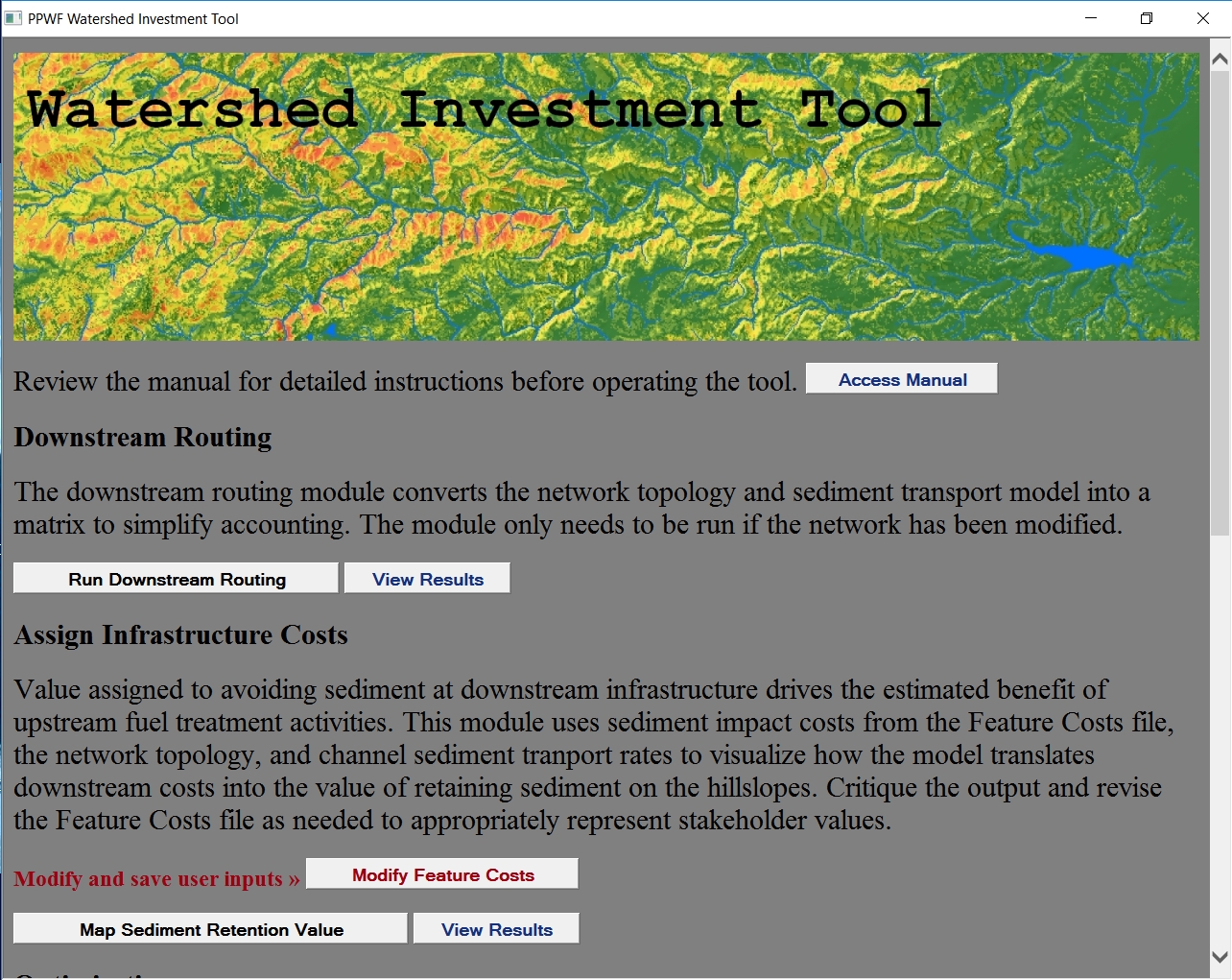PURPOSE
There is growing interest from water providers and watershed groups in proactive forest management to reduce the risk of wildfire impacts to water resources, yet forest and watershed managers have limited tools to assess baseline risk, estimate the benefits of forest management, and prioritize forest management activities over large landscapes. We are leading a research effort to model fuel treatment effects on wildfire and watershed response, with emphasis on risk assessment and fuel treatment planning applications. We hope to put better assessment and planning tools in the hands of forest managers, watershed groups, and policy makers to improve watershed management decisions.


